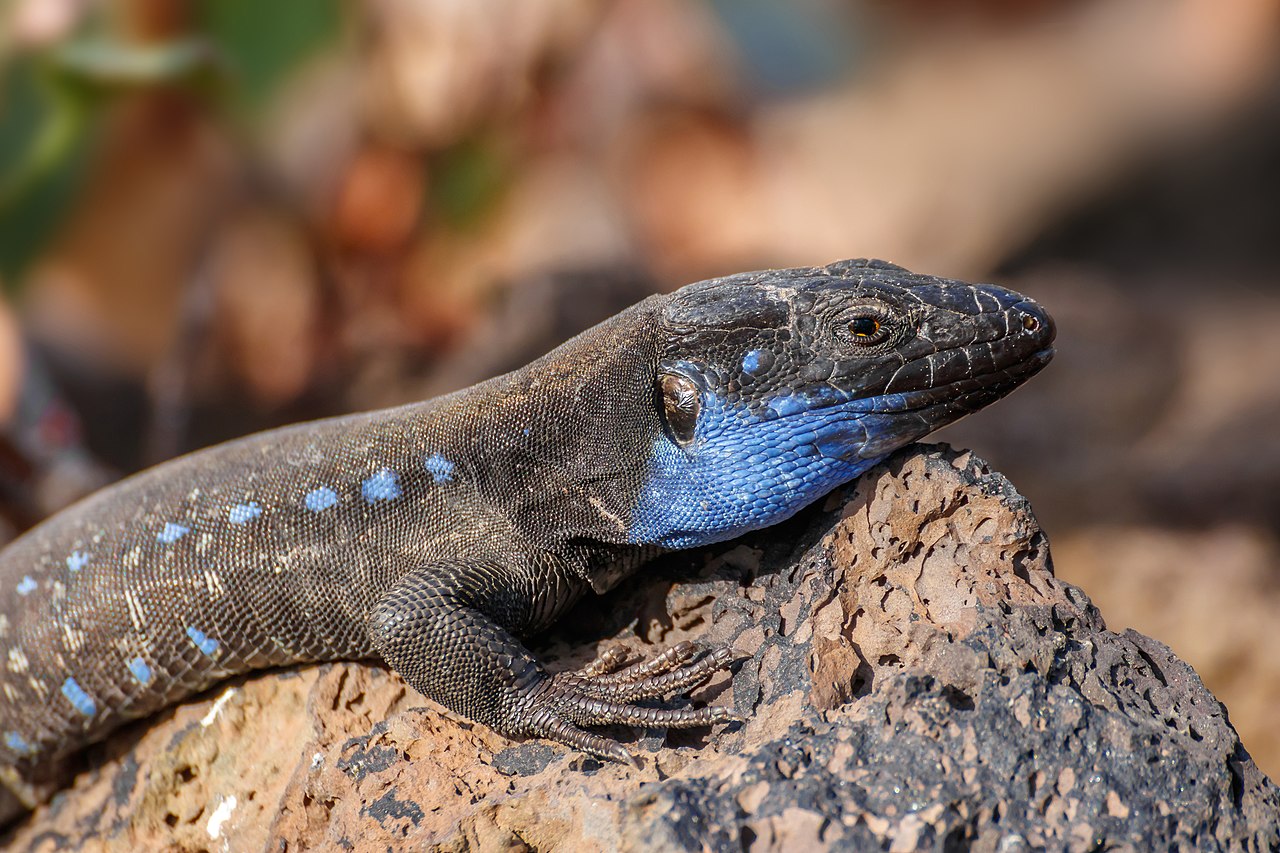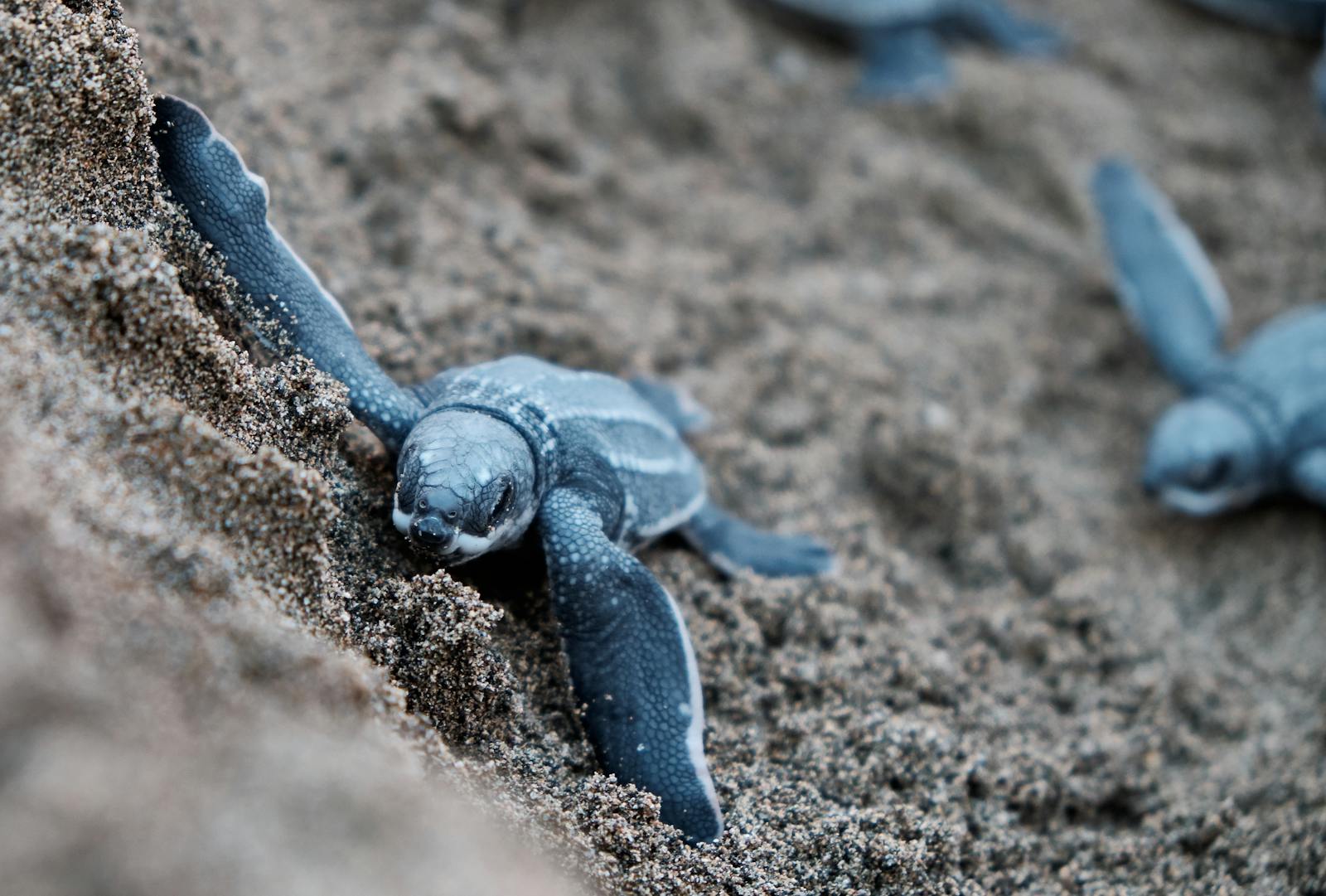Reptiles represent some of the most ancient lineages on our planet, having survived for over 300 million years through multiple mass extinction events. Yet today, they face unprecedented threats from human activities, with nearly 20% of all reptile species at risk of extinction.
From the iconic leatherback sea turtle to the lesser-known Jamaican iguana, conservationists worldwide are employing innovative techniques and dedicated efforts to reverse population declines. Their work spans from high-tech genetic interventions to community-based protection programs, creating a diverse toolkit for reptile preservation.
This article explores the multifaceted approaches conservationists are using to save endangered reptiles, highlighting both challenges and success stories in the ongoing battle to preserve these remarkable creatures for future generations.
Understanding the Reptile Extinction Crisis
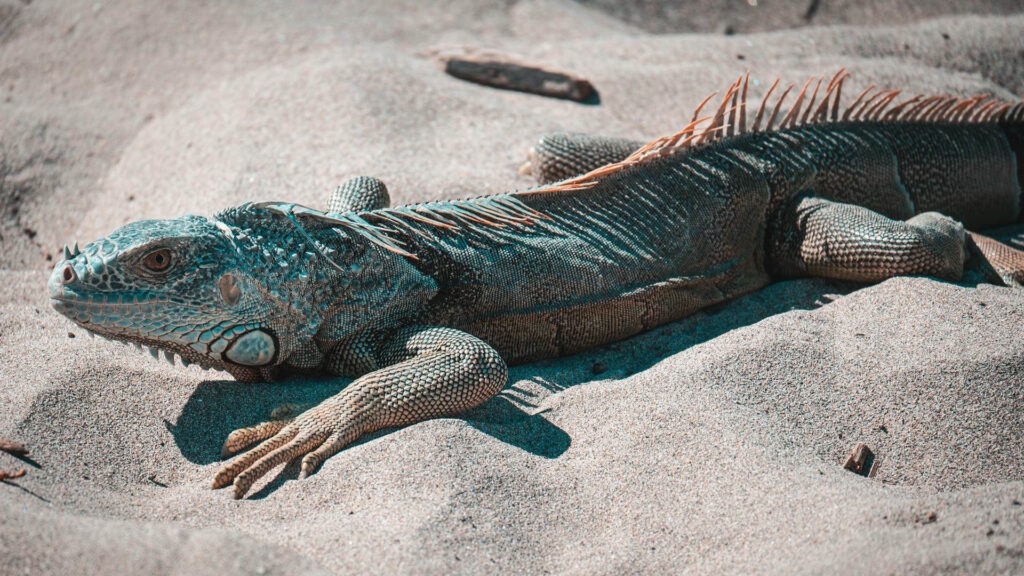
Reptiles face a perfect storm of threats that have pushed many species to the brink of extinction. Habitat destruction remains the primary driver, with agricultural expansion, urban development, and infrastructure projects fragmenting or eliminating crucial reptile habitats worldwide.
Climate change poses an existential threat to many species, particularly those with temperature-dependent sex determination, where warming temperatures can skew sex ratios and compromise population viability. Invasive species, pollution, disease, and direct exploitation for pet trade, food, and traditional medicine further compound these pressures.
According to the International Union for Conservation of Nature (IUCN), over 1,800 reptile species are currently threatened with extinction, representing approximately one-fifth of all evaluated reptile species.
Captive Breeding Programs: Creating Insurance Populations

Captive breeding represents one of conservation’s most powerful tools for critically endangered reptile species. These programs maintain genetically diverse populations in controlled environments, ensuring species don’t disappear entirely from Earth while wild conservation efforts continue.
Success stories include the Grand Cayman blue iguana, which rebounded from just 25 wild individuals to over 1,000 thanks to a comprehensive breeding and release program initiated by the San Diego Zoo and local partners. Facilities implementing these programs must carefully manage genetic diversity through studbooks and selective breeding to prevent inbreeding depression and maintain wild genetic adaptations.
Many programs incorporate head-starting techniques, where young reptiles are raised in protected conditions until they reach sizes that improve their survival chances upon release into native habitats.
Habitat Protection and Restoration Initiatives

Preserving and restoring habitats forms the foundation of sustainable reptile conservation. Organizations like The Nature Conservancy and local land trusts work to purchase or secure legal protection for critical reptile habitats, creating reserves and protected corridors.
Restoration work often involves removing invasive vegetation, reinstating natural hydrology, creating microhabitats such as rock piles and burrows, and reestablishing native plant communities that provide food and shelter. For sea turtles, beach protection programs combat coastal development, light pollution, and human disturbance at nesting sites.
Innovative approaches include conservation easements with private landowners, creating economic incentives for reptile habitat preservation through ecotourism, carbon credits, or sustainable resource harvesting models.
Fighting Illegal Wildlife Trafficking
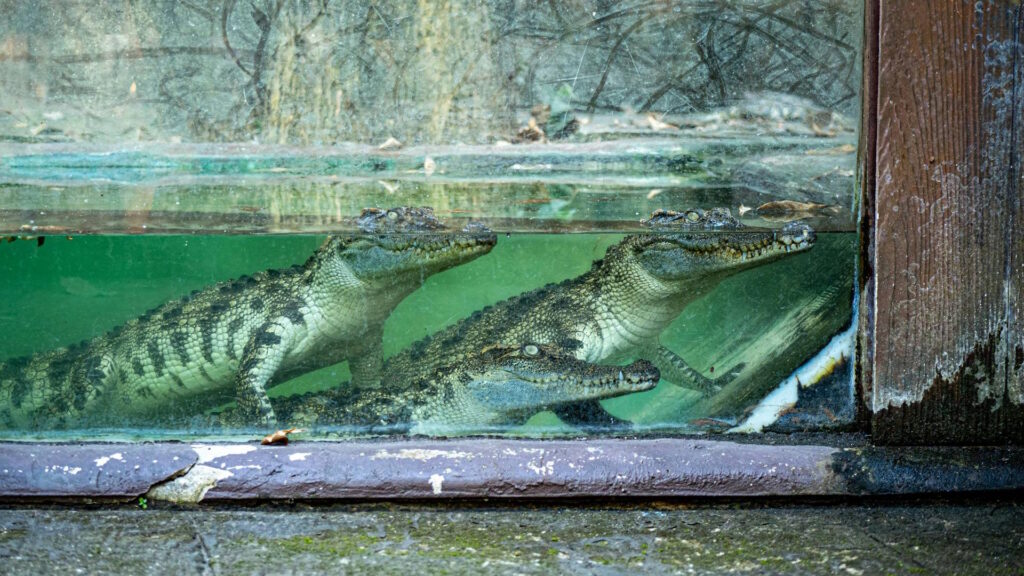
The illegal wildlife trade poses a severe threat to many reptile species, with rare specimens commanding thousands of dollars in black markets worldwide. Conservation organizations partner with law enforcement to implement anti-trafficking measures, including training customs officials to identify protected species and deploying wildlife detection dogs at ports and borders.
Technological solutions have emerged through microchipping valuable specimens and using DNA testing to determine the origin of confiscated animals. Demand reduction campaigns target consumers in key markets like China, Japan, and the United States, using celebrities and social media to change perceptions about exotic pet ownership.
Successful interventions include Operation Dragon, which disrupted major trafficking networks trading in turtles and tortoises across Southeast Asia, resulting in numerous arrests and the rescue of thousands of endangered reptiles.
Engaging Local Communities as Conservation Partners
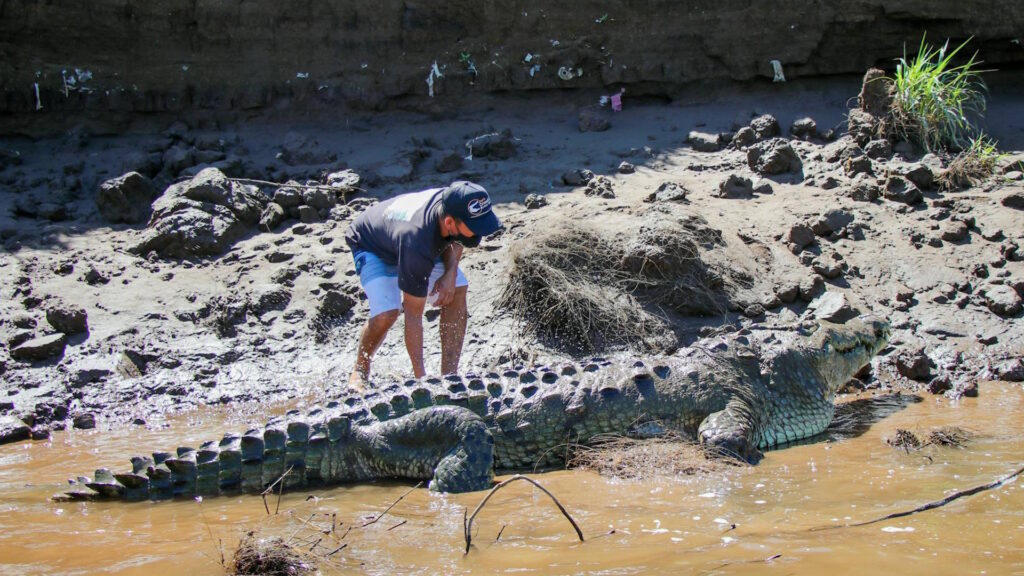
Long-term reptile conservation success often hinges on meaningful engagement with communities living alongside these species. Successful programs incorporate local ecological knowledge, provide alternative livelihoods to reduce harvesting pressures, and build pride in unique local species.
In Madagascar, community-managed reserves protect critically endangered tortoises while providing income through carefully managed ecotourism. The Philippine crocodile has benefited from transformed local attitudes, where communities once hunting them now actively protect nesting sites and report poaching.
Education initiatives targeting schools create generational change in perspectives, while training local community members as monitoring technicians and rangers provides employment while capitalizing on intimate landscape knowledge. These approaches recognize that sustainable conservation must balance ecological goals with human needs and cultural values.
Innovative Monitoring Technologies

Technological advances have revolutionized conservationists’ ability to track, monitor, and protect elusive reptile species. Miniaturized GPS transmitters now allow researchers to follow movements of even small reptiles, providing crucial data on habitat use, migration routes, and nesting locations.
Environmental DNA (eDNA) sampling detects the presence of rare species from water or soil samples, enabling non-invasive monitoring across large areas. Remote camera traps with motion sensors document reptile behavior and population trends without human disturbance, while thermal imaging drones help locate reptiles that would otherwise remain hidden from researchers.
Citizen science platforms like iNaturalist harness smartphone technology to engage thousands of volunteers in reptile monitoring, creating distribution maps and tracking population trends at unprecedented scales.
Head-Starting Vulnerable Young Reptiles
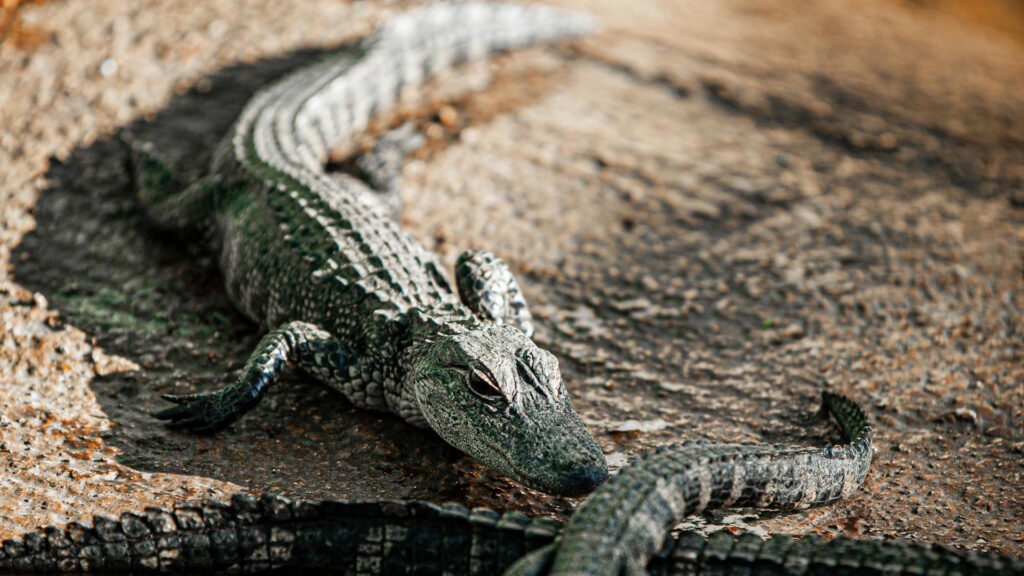
Many reptile populations face their greatest mortality during early life stages, making head-starting—the protected rearing of hatchlings until they reach more resilient sizes—an effective conservation strategy. For endangered sea turtles, conservationists often relocate vulnerable nests to protected hatcheries, dramatically increasing hatching success before releasing young turtles to natural habitats.
The Burmese star tortoise program exemplifies successful head-starting, having raised captive-bred juveniles to sizes resistant to predation before reintroduction, bringing this species back from functional extinction in the wild. Head-starting programs involve careful attention to naturalistic rearing conditions, ensuring animals develop appropriate behaviors for survival.
This approach proves particularly valuable for long-lived species with naturally low recruitment rates, effectively boosting populations through the most vulnerable life stages.
Climate Change Adaptation Strategies
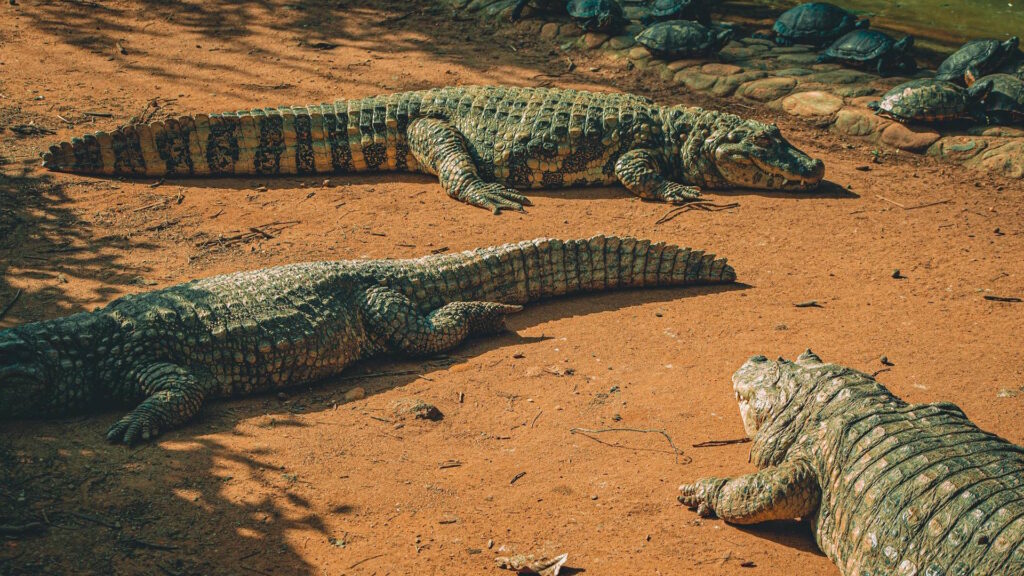
As global temperatures rise, conservationists are developing innovative approaches to help reptile populations adapt to climate change impacts. For species with temperature-dependent sex determination, such as many turtles and crocodilians, researchers are experimenting with shade structures, vegetation management, and even artificial incubation to maintain balanced sex ratios as beaches and nesting areas warm.
Habitat connectivity initiatives create migration corridors allowing reptiles to shift their ranges in response to changing conditions. Assisted colonization—the controversial but sometimes necessary relocation of populations to more suitable habitats—represents a more interventionist approach when natural adaptation seems impossible.
Conservation planning increasingly incorporates climate modeling to identify future refuge habitats likely to remain suitable, prioritizing these areas for protection and restoration efforts.
Genetic Management and Biobanking
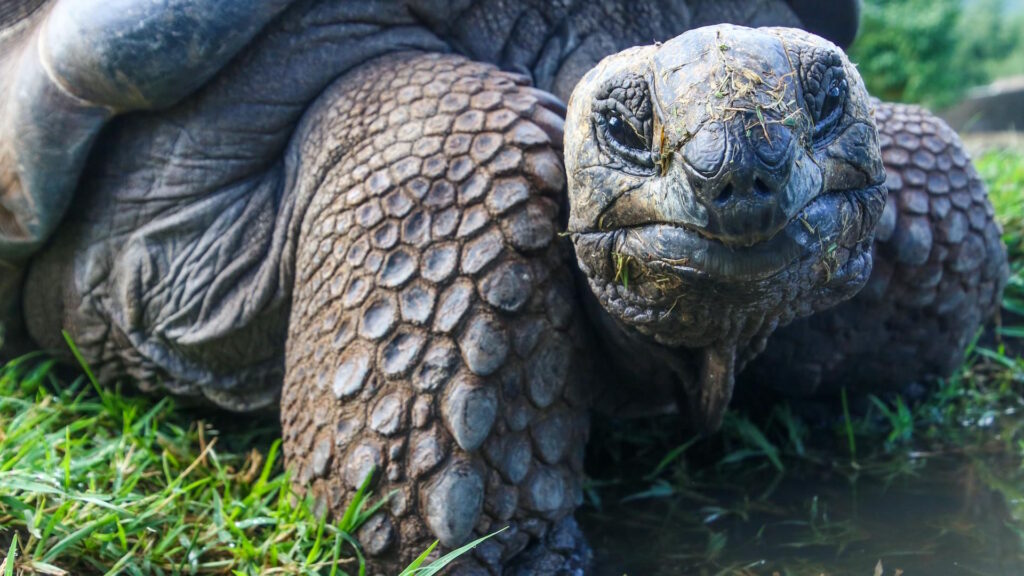
Advanced genetic technologies provide powerful tools for reptile conservation in the 21st century. Conservationists use DNA analysis to identify distinct evolutionary lineages requiring separate management, ensure genetic diversity in breeding programs, and detect hybridization with invasive species.
Biobanking initiatives collect and cryopreserve genetic material from endangered reptiles, creating living libraries of genetic diversity that could be used for future restoration efforts. In extreme cases, emerging technologies like gene editing offer potential interventions for populations facing disease threats or extremely low genetic diversity.
The Galápagos tortoise restoration program exemplifies genetic management success, using DNA analysis to identify hybrid individuals carrying genes from extinct lineages, which were then selectively bred to resurrect near-extinct subspecies and restore ecological functions to degraded island ecosystems.
Invasive Species Management
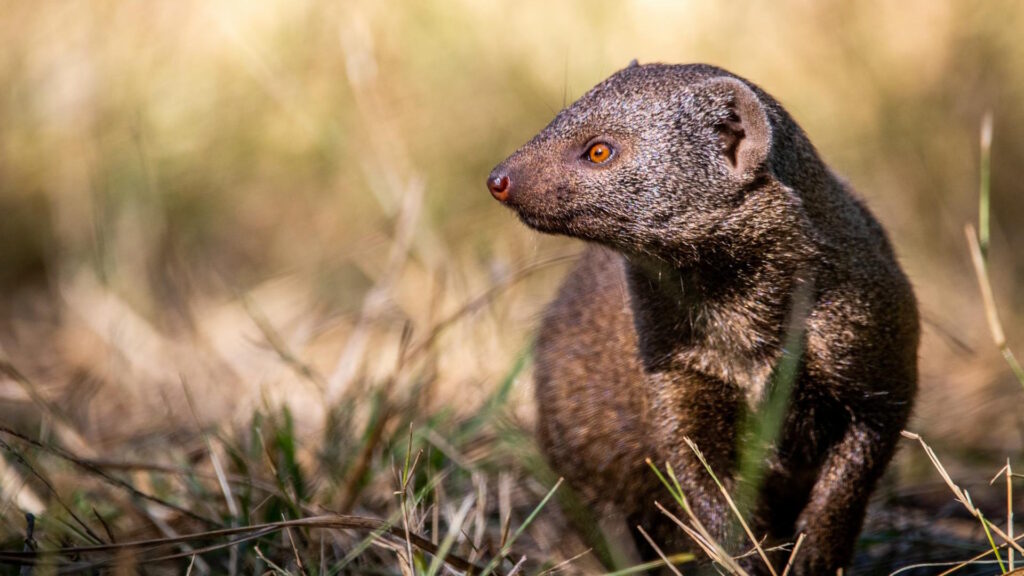
Invasive species represent a leading threat to reptile biodiversity, particularly on islands where native species evolved without robust defenses against introduced predators. Control programs targeting rats, cats, mongoose, and other invasive mammals have dramatically improved survival rates for vulnerable reptiles across island ecosystems worldwide.
The remarkable recovery of Antiguan racer snakes followed intensive rat eradication efforts on Great Bird Island, allowing this critically endangered species to increase from just 50 individuals to over 1,000. Invasive plant management restores habitat structure and food resources for specialized reptiles, while exclusion fencing creates predator-free sanctuaries in mainland environments.
Emerging technologies including gene drives and species-specific toxins may offer more targeted control methods in the future, though these approaches require careful ethical and ecological assessment.
Legal Protections and Policy Advocacy
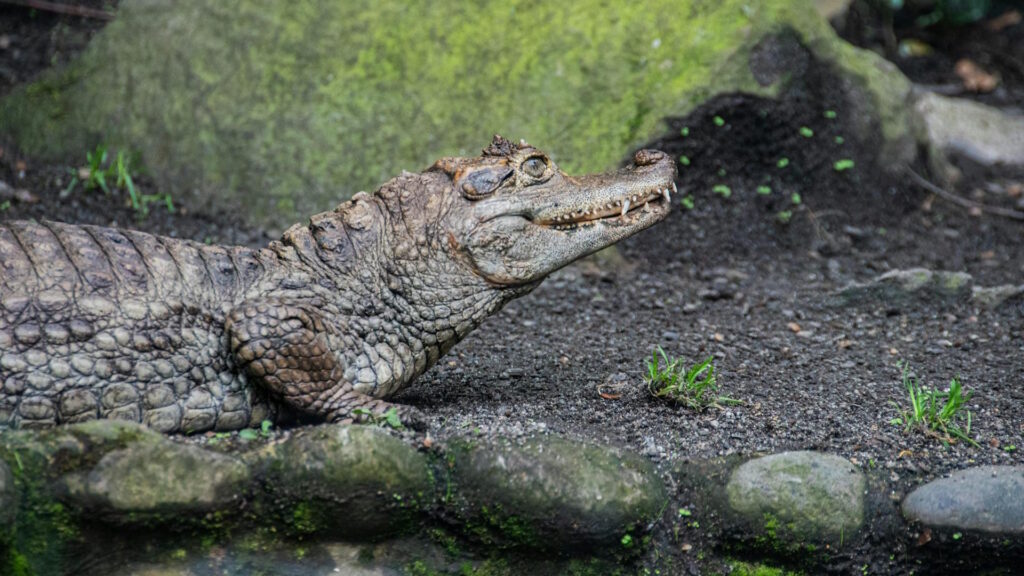
Effective legal frameworks provide essential foundations for reptile conservation efforts worldwide. International agreements like the Convention on International Trade in Endangered Species (CITES) regulate cross-border movement of threatened reptiles, while the Convention on Biological Diversity establishes broader conservation commitments.
National endangered species laws provide habitat protections, funding mechanisms, and legal consequences for harming protected reptiles. Conservation organizations engage in policy advocacy to strengthen these protections, close regulatory loopholes, and secure implementation funding.
Successful advocacy led to the 2019 inclusion of several gecko and turtle species in CITES Appendix I, granting them the highest level of trade protection. Legal approaches increasingly recognize Indigenous rights and traditional knowledge systems, creating co-management frameworks that honor cultural connections to reptile species while ensuring their protection.
Conservation Success Stories That Inspire Hope
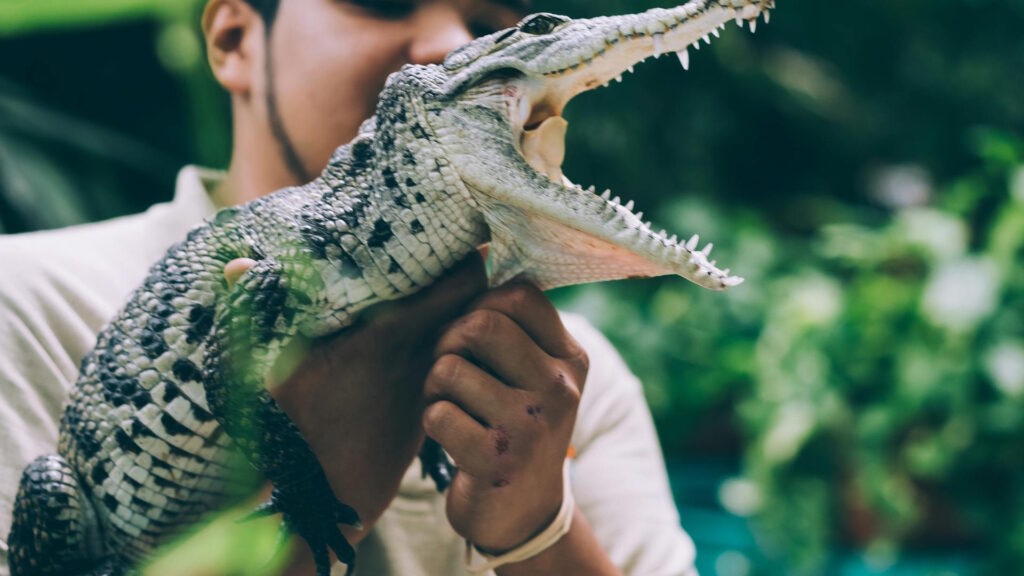
Despite daunting challenges, numerous reptile conservation success stories demonstrate that dedicated effort can reverse extinction trajectories. The American alligator represents one of wildlife conservation’s greatest achievements, rebounding from near extinction to populations robust enough to support sustainable harvest after legal protections and habitat conservation.
The Jamaican iguana, once thought extinct, was rediscovered in the 1990s with fewer than 50 individuals but now maintains a growing population thanks to comprehensive conservation involving predator control, habitat protection, and head-starting programs. The tiny Hicatee turtle in Belize avoided extinction through a combination of community engagement, captive breeding, and strengthened enforcement against poaching.
These successes provide crucial evidence that even the most endangered reptile species can recover when provided with adequate resources, scientific management, and reduction of threats.
The Future of Reptile Conservation

Looking forward, reptile conservation faces both new challenges and opportunities for innovation. Emerging technologies like environmental DNA sampling, remote sensing, and gene editing offer unprecedented tools for monitoring and managing threatened populations. Growing recognition of reptiles’ ecological importance and intrinsic value is translating into increased funding and public support for conservation initiatives.
The One Health approach—recognizing connections between environmental, animal, and human health—creates new partnership opportunities with public health and sustainable development sectors. Climate change remains the greatest looming threat, requiring flexible, anticipatory conservation planning and potentially more interventionist approaches.
The future of reptile conservation will likely involve closer integration of ex-situ (captive) and in-situ (wild) approaches, strategic rewilding of degraded ecosystems using reptiles as ecological engineers, and more sophisticated predictive modeling to anticipate and address emerging threats before populations reach crisis points.
Conclusion
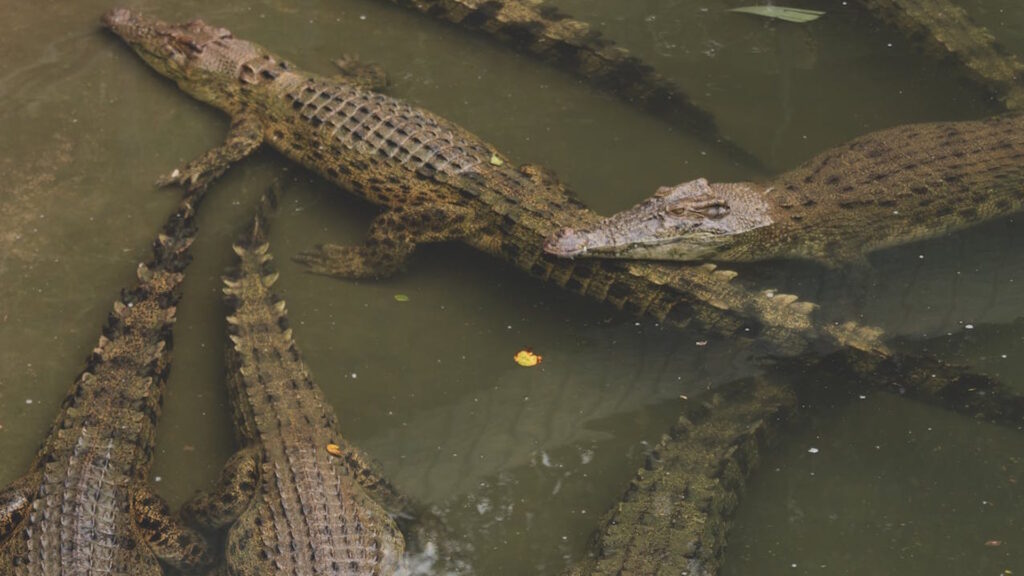
The battle to save endangered reptiles represents one of conservation’s most complex challenges, requiring multifaceted approaches tailored to diverse species and threats. From high-tech genetic management to community-based protection initiatives, conservationists are developing an increasingly sophisticated toolkit that offers genuine hope for reptile preservation.
Success stories like the recoveries of the American alligator, Grand Cayman blue iguana, and Jamaican iguana demonstrate that dedicated conservation efforts can bring species back from the edge of extinction. As public awareness grows about the ecological importance and fascinating adaptations of reptiles, support for their conservation increases.
While challenges remain, particularly from climate change and habitat loss, the committed global network of scientists, local communities, and conservation organizations working to protect these ancient lineages provides genuine reason for optimism about the future of reptile conservation.


